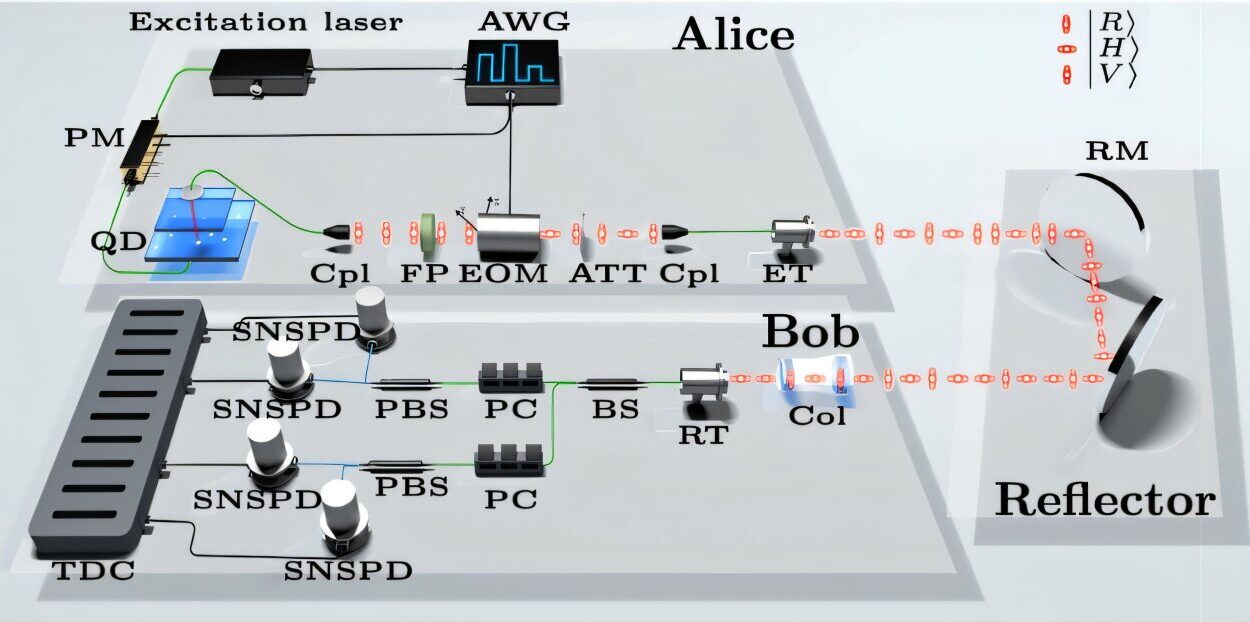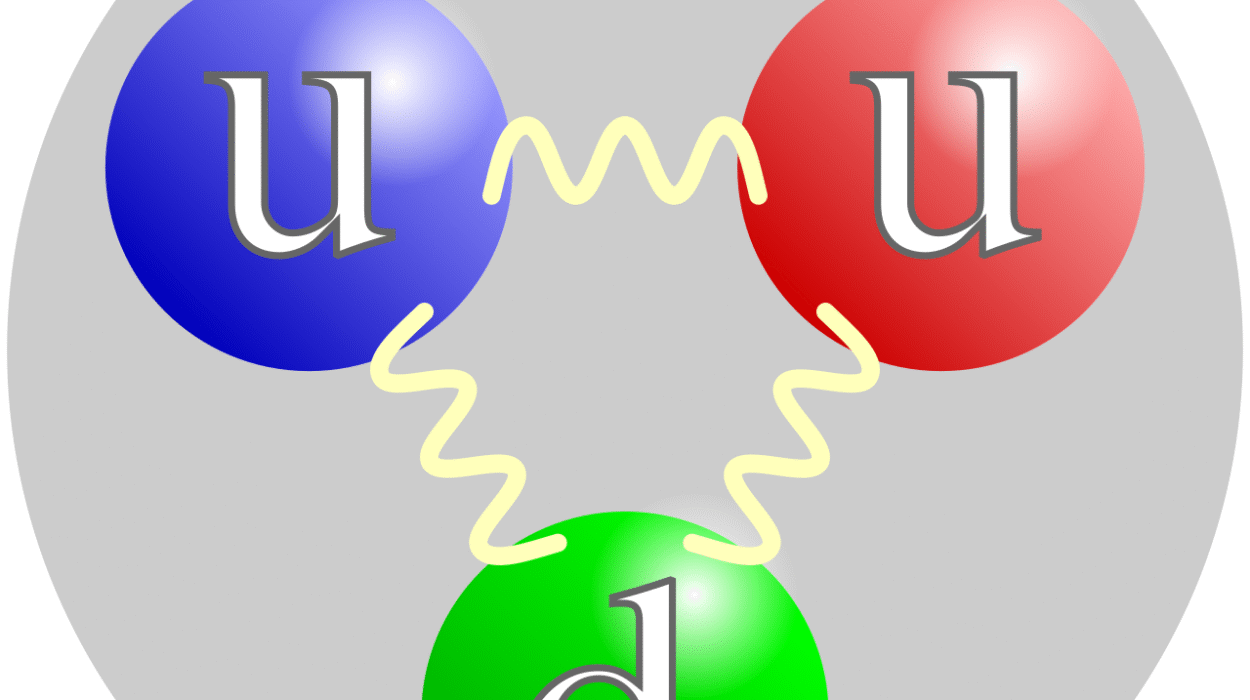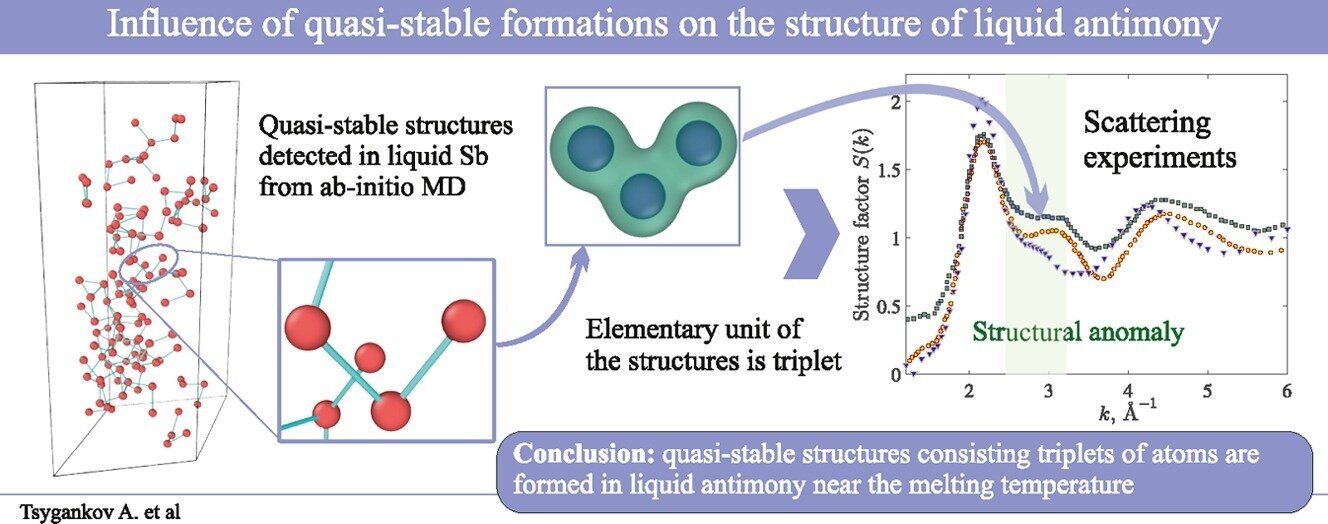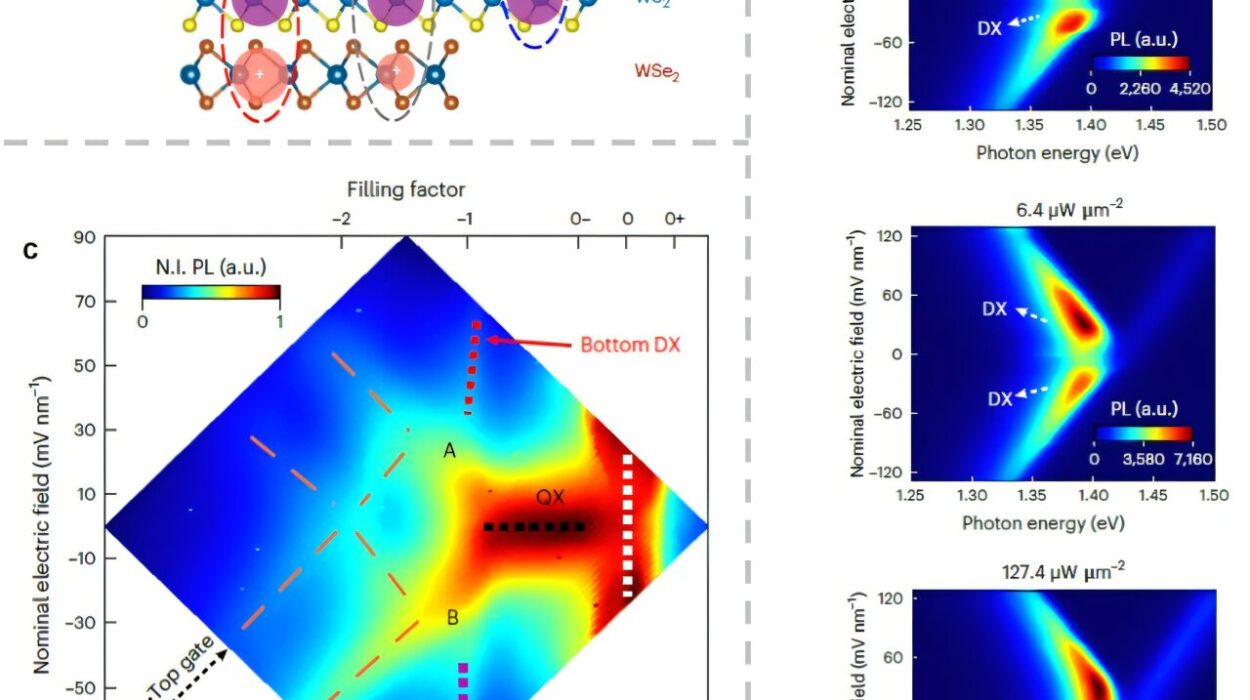In an era where data security on the internet is a growing concern, the advent of quantum computers threatens to unravel current encryption methods. These machines, once fully realized, could crack encryption codes in a fraction of the time it currently takes traditional computers. In light of this looming challenge, researchers worldwide are developing new technologies that promise to protect sensitive information in the quantum age. One such groundbreaking technology is the quantum internet, which aims to leverage the strange phenomena of quantum mechanics—such as superposition and entanglement—to enable secure communication systems that are practically tap-proof.
Though the potential of quantum networks is vast, the technology is still in its infancy. Existing challenges, including high energy consumption, complex infrastructure, and prohibitive costs, have made scaling these networks difficult. However, a team of researchers at the Institute of Photonics at Leibniz University Hannover is making strides in overcoming some of these challenges. Their recent work on frequency-bin coding offers a promising solution to enhance security and efficiency in quantum key distribution (QKD), a crucial process for securing quantum communication channels.
The Promise of Quantum Networks
The concept of a quantum internet has long been theorized by physicists, but its implementation has remained elusive due to several technological and practical hurdles. A quantum network would fundamentally alter the way we think about secure communication, offering absolute confidentiality using quantum encryption methods. One of the central concepts behind this is quantum key distribution (QKD), which allows two parties to exchange encryption keys securely. The idea is that, in the quantum realm, any attempt to intercept or measure the quantum states involved in the transmission of these keys would alter them, thereby alerting the parties to any potential eavesdropping.
Quantum networks rely on quantum entanglement, where two particles, once entangled, remain connected across vast distances, even if they are separated by thousands of kilometers. This opens up the possibility for ultra-secure communications. However, building such a system at scale is a significant challenge due to the complexity, resource requirements, and energy consumption of the technology involved.
Challenges in Scaling Quantum Networks
The current quantum networks are limited in scope, and scaling them for global use presents numerous obstacles. The primary issues lie in the complexity of the quantum technologies and the high costs of the specialized equipment required, such as photon detectors. Quantum communication systems require incredibly sensitive devices to detect the quantum states of light particles, but such equipment can be prohibitively expensive.
Additionally, environmental factors like temperature fluctuations and vibrations in the optical fibers used to transmit quantum information can introduce noise, which disrupts the transmission of quantum keys. These technical and practical challenges make it difficult to build large-scale, efficient, and affordable quantum networks that can operate over long distances and with numerous users.
Frequency-Bin Encoding: A New Approach to Quantum Key Distribution
To address these issues, the team at Leibniz University Hannover, led by Prof. Dr. Michael Kues, has introduced an innovative technique known as frequency-bin coding. This method offers several advantages over traditional quantum key distribution techniques, such as polarization-based QKD, which is vulnerable to noise and environmental disturbances.
In frequency-bin encoding, the quantum states of light particles are encoded using different light frequencies (colors), instead of polarization states. This approach has two significant benefits. First, frequency is more robust against noise caused by environmental factors. Unlike polarization, which can be easily disturbed by vibrations or temperature changes, frequency remains stable, ensuring more reliable communication over long distances.
Second, the new technique reduces the complexity and cost of quantum communication systems. Traditional QKD methods require multiple photon detectors—up to four—each of which needs to be highly sensitive to detect minute changes in quantum states. In contrast, frequency-bin encoding allows the researchers to measure the quantum states using only one detector. This reduces the need for expensive equipment and makes the system more affordable. The researchers also introduced a clever method called frequency-to-time transfer, which maps frequency components into the photon’s arrival time at the detector, enabling them to perform the four measurements required for entanglement-based QKD using just one detector.
Cost Reduction and Security Enhancement
By using frequency-bin encoding and frequency-to-time transfer, the researchers have significantly lowered the cost of the necessary telecommunications components. According to Khodadad Kashi, a doctoral student involved in the research, this method has reduced costs from around 100,000 Euros for traditional QKD systems to just one-quarter of that amount.
Moreover, this new method enhances security. Traditional systems are vulnerable to detector attacks, where an adversary might try to manipulate the detector to gain access to the quantum keys being exchanged. By simplifying the detection process and using only one detector, the system becomes less prone to these types of attacks, making the communication channel more secure.
In addition to improving security and reducing costs, the method increases the key distribution rate. The system employs adaptive frequency division multiplexing, which allows multiple channels to be used simultaneously. This increases the rate at which quantum keys can be distributed without requiring additional technical devices. Essentially, the system can dynamically adjust its performance to match the current load, optimizing the use of resources in real-time.
Towards Scalable Quantum Networks
The ultimate goal of the research team is to enable dynamic and scalable quantum networks that can handle secure communication between multiple users across large distances. The approach outlined by Kues and his team is a significant step towards making quantum networks scalable and resource-efficient.
As Prof. Dr. Michael Kues explains, the new method will enable the creation of quantum networks that are not only more secure but also more practical to build and maintain. These networks could become essential for securing critical IT infrastructure, especially in sectors such as banking and healthcare, where the confidentiality of data is paramount.
Moreover, Kues emphasizes the importance of continued research into the interaction of nanophotonics with quantum optics. This area of study could lead to the development of additional components that will further advance the field, making quantum networks more efficient and powerful. By developing new methods and technologies, researchers hope to create systems that can generate a wider range of quantum states, enabling more sophisticated and secure communication protocols.
The Future of Quantum Communication
Looking ahead, the development of quantum networks promises to usher in a new era of communication—one characterized by unprecedented security, higher capacity, and extended range. The shift from traditional encryption methods to quantum-based cryptography will fundamentally change how data is exchanged across the globe. In a world where cyber threats are increasingly sophisticated, quantum networks could provide the ultimate safeguard against data breaches, hacking, and surveillance.
As quantum technologies continue to evolve, the vision of a global quantum internet becomes more tangible. While there are still many challenges to overcome, the work being done at institutions like Leibniz University Hannover is laying the groundwork for the future of secure, quantum-enabled communication. With advancements in frequency-bin encoding and other innovative techniques, the quantum internet may one day become an essential part of our global digital infrastructure—offering a level of security that is simply unachievable with today’s classical encryption methods.
In the coming years, we can expect quantum networks to play a pivotal role in securing critical sectors, enabling new forms of communication, and paving the way for a more connected and secure world. As researchers like Kues and Khodadad Kashi continue to push the boundaries of quantum science, we are closer than ever to experiencing a revolution in how we connect and communicate across the globe.
Reference: Anahita Khodadad Kashi et al, Frequency-bin-encoded entanglement-based quantum key distribution in a reconfigurable frequency-multiplexed network, Light: Science & Applications (2025). DOI: 10.1038/s41377-024-01696-8






